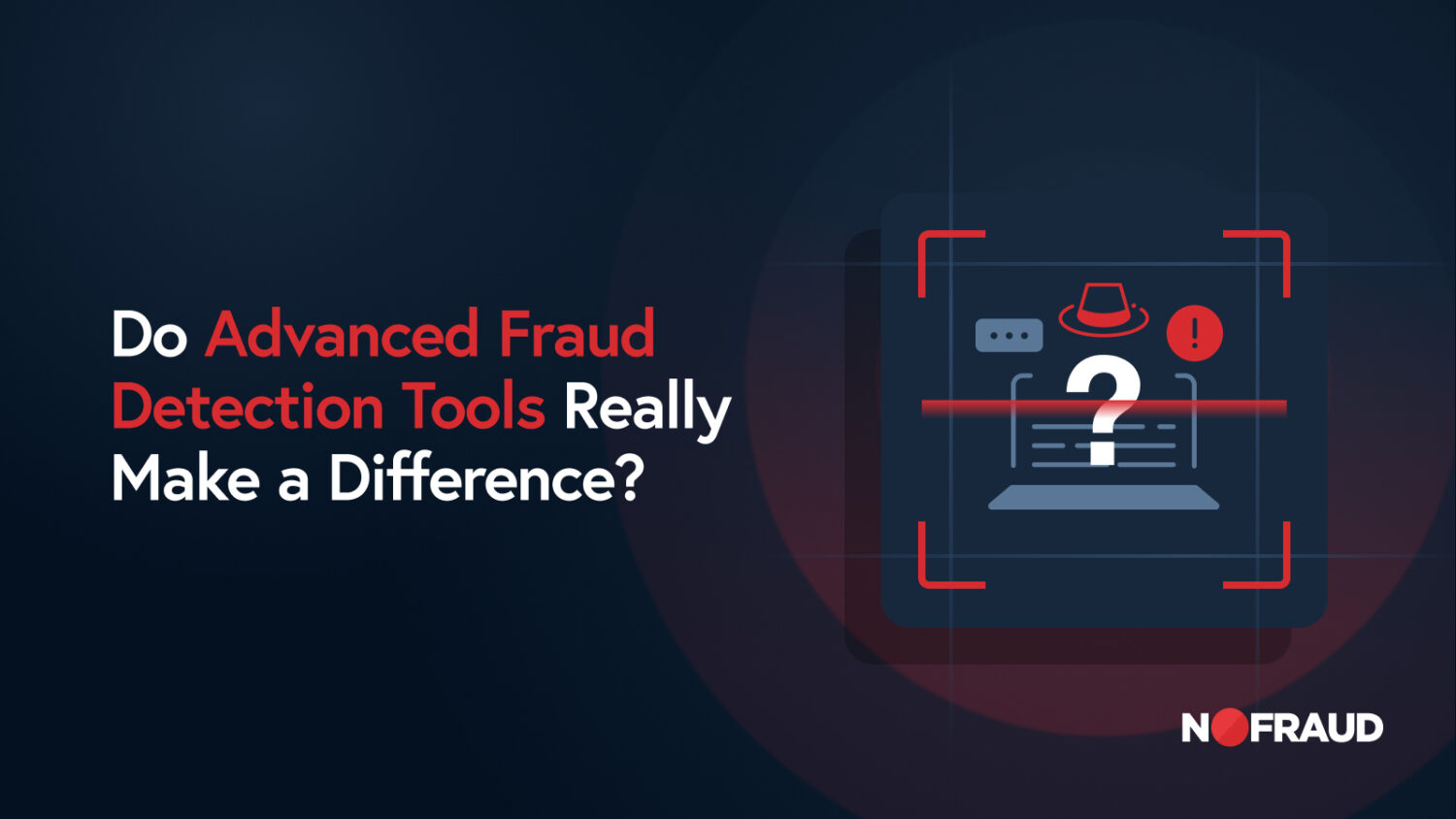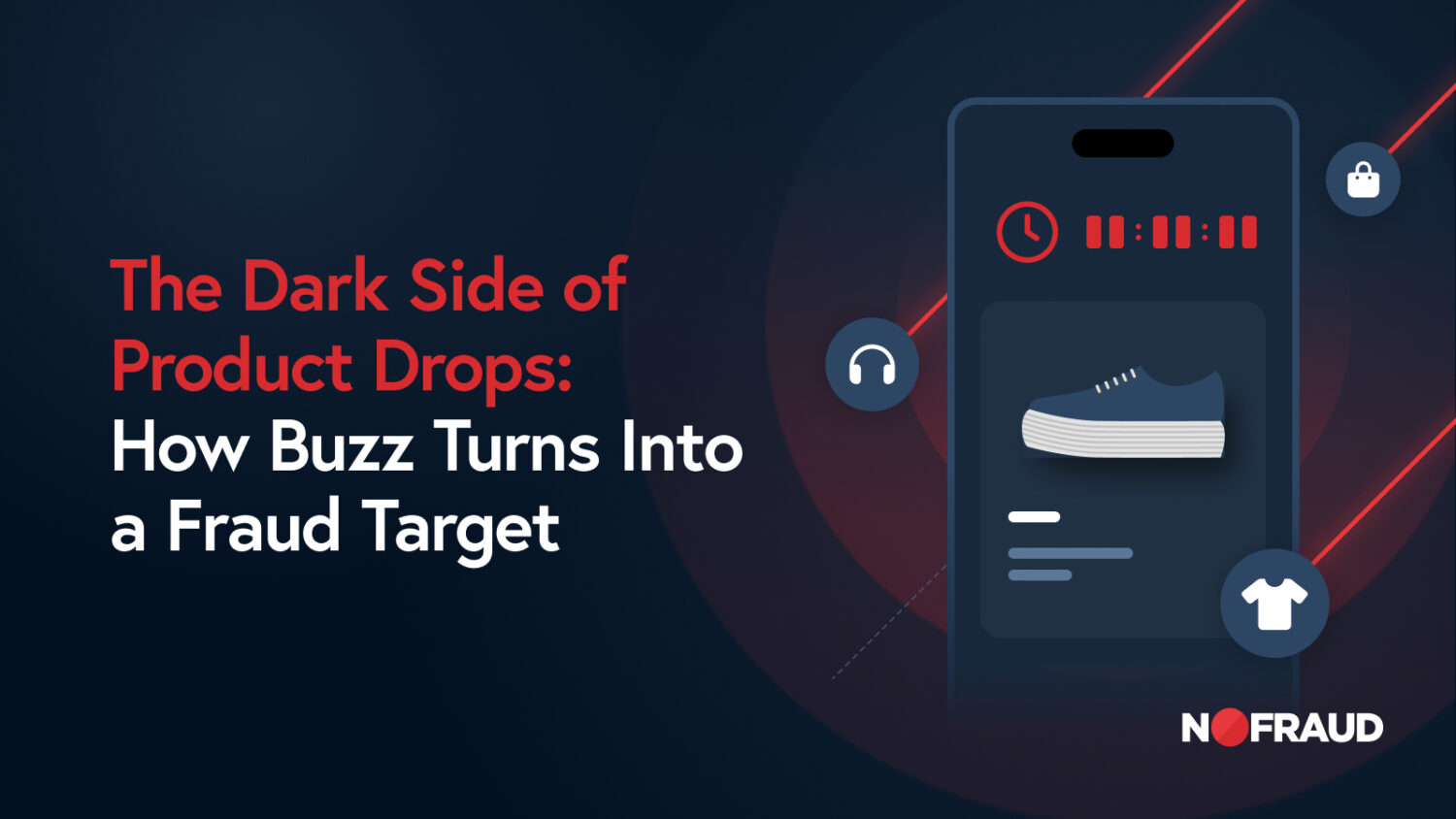Below is a guest post from one of our partners, Rand Marketing:
To experts in the Magento e-commerce platform, the release of Magento 2.0 has been a bittersweet experience. We’re all very excited to see the evolution of Magento, especially after waiting so long for this new version to be released. On the other hand, adoption has been a very slow process, and Magento 1.9.2.x is still the recommended version for most developers.
In November, I wrote a piece about the official deployment of Magento 2.0 officially being made available for public consumption. In March, I wrote another article about Magento 2.0 building up steam, and getting closer to being useful for the mainstream. In April, shortly after this year’s Magento Imagine conference, EyeMagine, posted that “Specifically, there are over 1,000 open known issues in the Magento 2 codebase, as of writing this article. The Magento team is working hard to resolve them, but until that number drops significantly, we can not ethically recommend the platform as a production-ready stable eCommerce solution. “ A few days later, our friends at WebShopApps, who have been equally outspoken about the risks in trying to build sites on Magento 2.0 posted that “As of Imagine there were around 800 live sites on Magento 2. So it’s moving. Could it be moving faster? Yes, but it’s moving.”
It’s not just the bugs that have left the Magento 2.x environment in a quagmire. One of Magento’s biggest selling points is the large number of extensions written for the platform. These add-ons serve to add features and functionality not otherwise available in the Magento platform out-of-the-box. In some cases, they’re also used to connect 3rd party services that may be essential to a business operation running efficiently, such as to sync inventory, orders, or other crucial data, to connect marketing, payment, shipping, or various other platforms. New extensions are being released for Magento 2.x regularly, but it’s been a slow journey. This has meant that not only are you less likely to find the features that you need available for Magento 2.x, but if you do, you can bet that with so few live websites, such extensions have had minimal real-world use, increasing the likelihood of bugs and code conflicts.
Most merchants have cringed at being the guinea pigs for such an environment when 1.x is tried, tested, available, and stable, but, as you might imagine, plenty of businesses don’t want to invest into new sites on the 1.x architecture while 2.x is available. They see it as equivalent to asking them to buy an iPhone 6 when the 7 is out. What some forget is the long lines to get a new iPhone when it first debuts, and the bugs and constant software updates until it gets to a stable place. With such a large customer base and support network, iPhones often enjoy a relatively fast path to stabilization. They’re also economies of scale. Your store having checkout problems may be much more significant than your phone dropping some calls. Similarly, you don’t really take on the costs of developing new apps if one that you want doesn’t work with a new phone, nor do you take on the cost of debugging your phone because you can’t wait until it’s reached a stable place. When you own a Magento website, you can’t necessarily afford to alienate your customer base, or otherwise wait it out.
The good news is that is that last month, Magento finally announced Magento 2.1. While they had been making incremental updates related to bugs and other issues regularly since deploying in November 2015, pushing from 2.0 all the way to 2.0.7, we’re very hopeful that 2.1 with it’s many incremental improvements, will bring us a lot closer to a stable place, but as of the writing of this article, there are still 1,468 open issues being reported on Github. To put things in perspective, there are currently 3,150 closed issues, and not all are real / major issues that would be “make or break” in the decision to build a site on Magento 2, but there’s still a lot of work to be done.
It’s now July, and as an agency with a strong focus on e-commerce we’re still recommending Magento 1.x . We’re eager to build on 2, and with the right budget and timeline, would be happy to do so, but we’ve found that when push comes to shove, almost all businesses that we interact with are still avoiding the risks, and playing it safe by sticking with Magento 1.x.
We’re also seeing an uptick in demand for other e-commerce platforms in place of Magento. While we’re still really big fans of Magento for many e-commerce businesses, we’ve seen that between frustrations with Magento 2, and with some pretty rough security patches put out over the last year, along with many bad extensions and developers, there’s an uptick in demand for e-commerce platforms that are more self-contained, with less responsibility of maintenance by the merchant, such as for software upgrades and patching. One of Magento’s biggest selling points is that it’s open source, allowing a business to have lots of room to customize and grow, but businesses will continue to weigh their options carefully, and decide if they want more control and responsibility on Magento, or if they want to consider a less robust, or less flexible system that promises a more defined path for upkeep and maintenance.
When in doubt, you may want to reach out to experts in the field to get personalized advice for your business. At Rand Marketing, we offer a complimentary consultation in order to identify the best e-commerce platform as well as the best marketing campaigns to help your business grow.
-Robert Rand
Robert is the VP of operations at Rand Marketing Group.
www.RandMarketing.com







